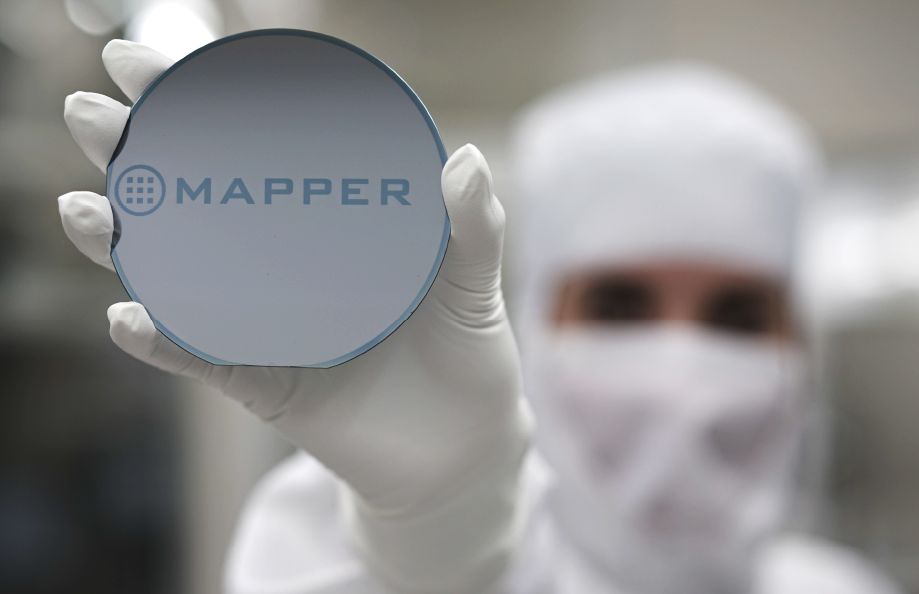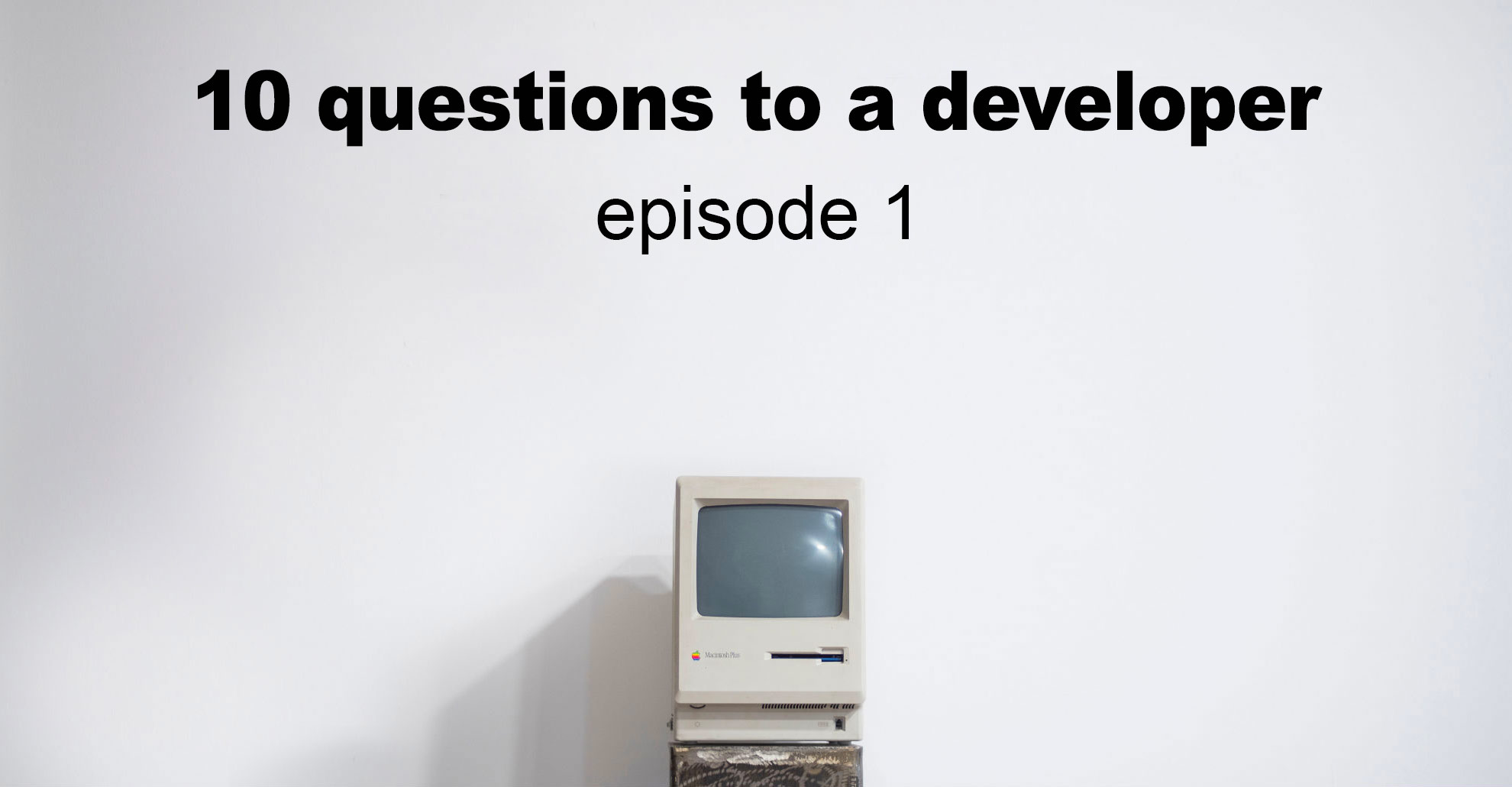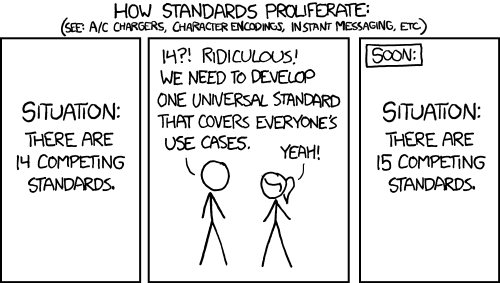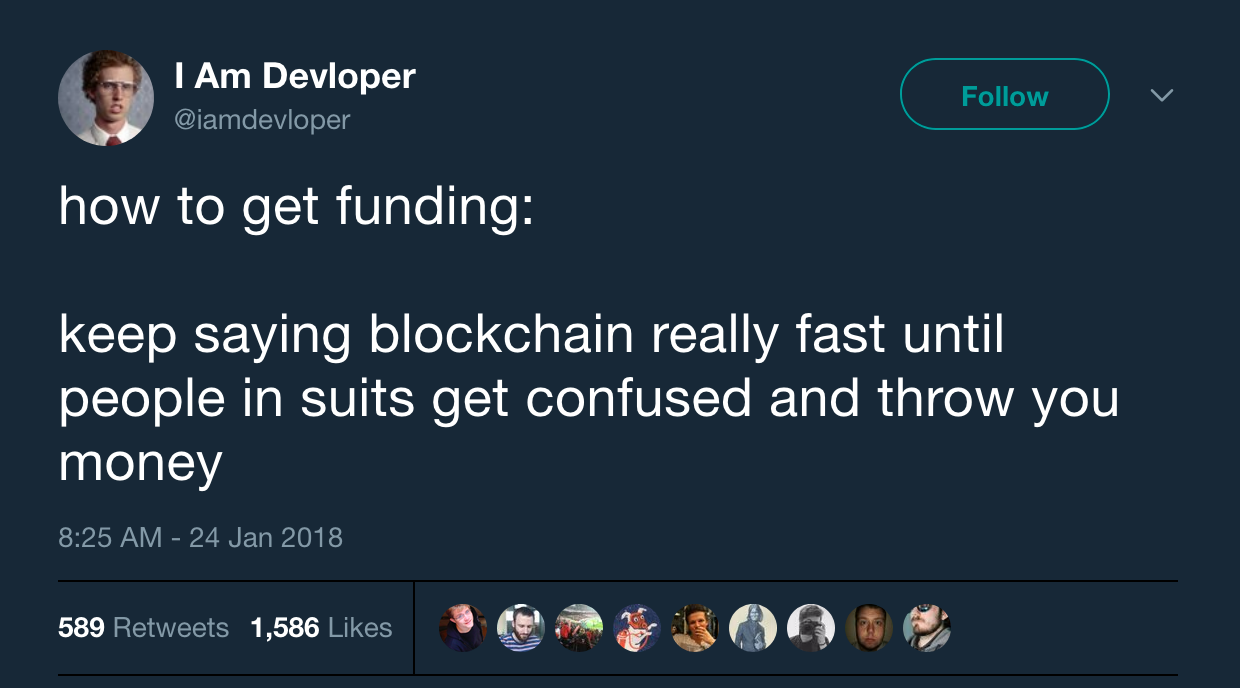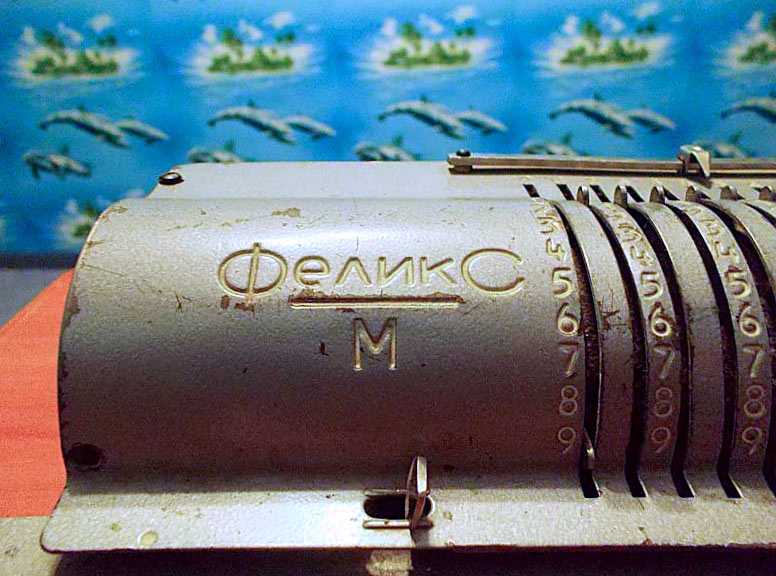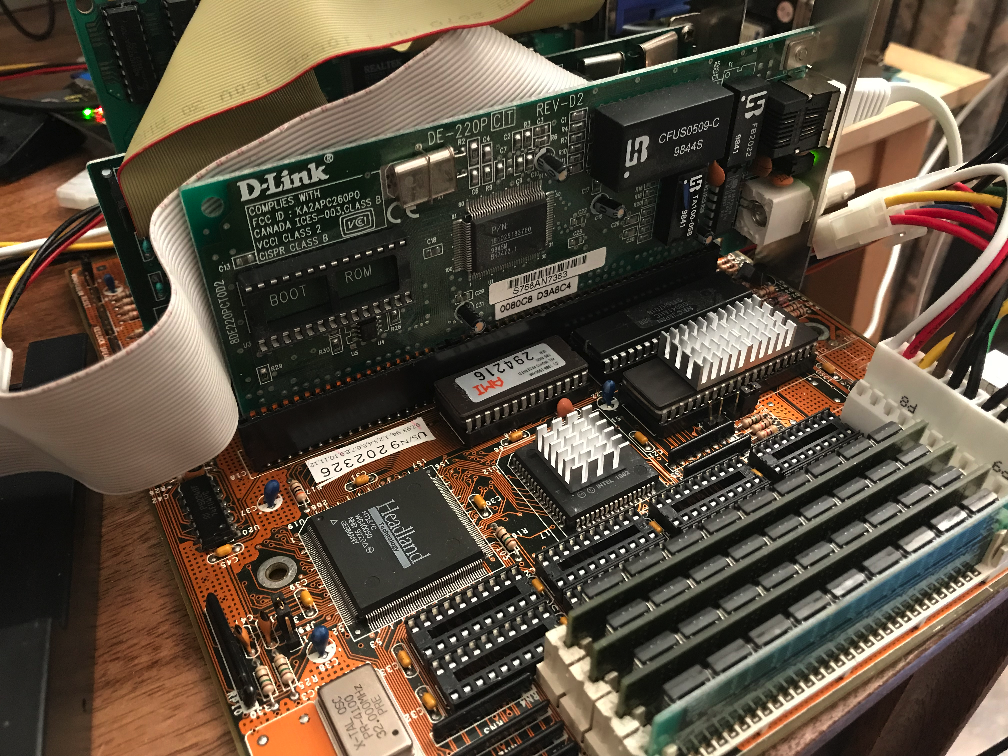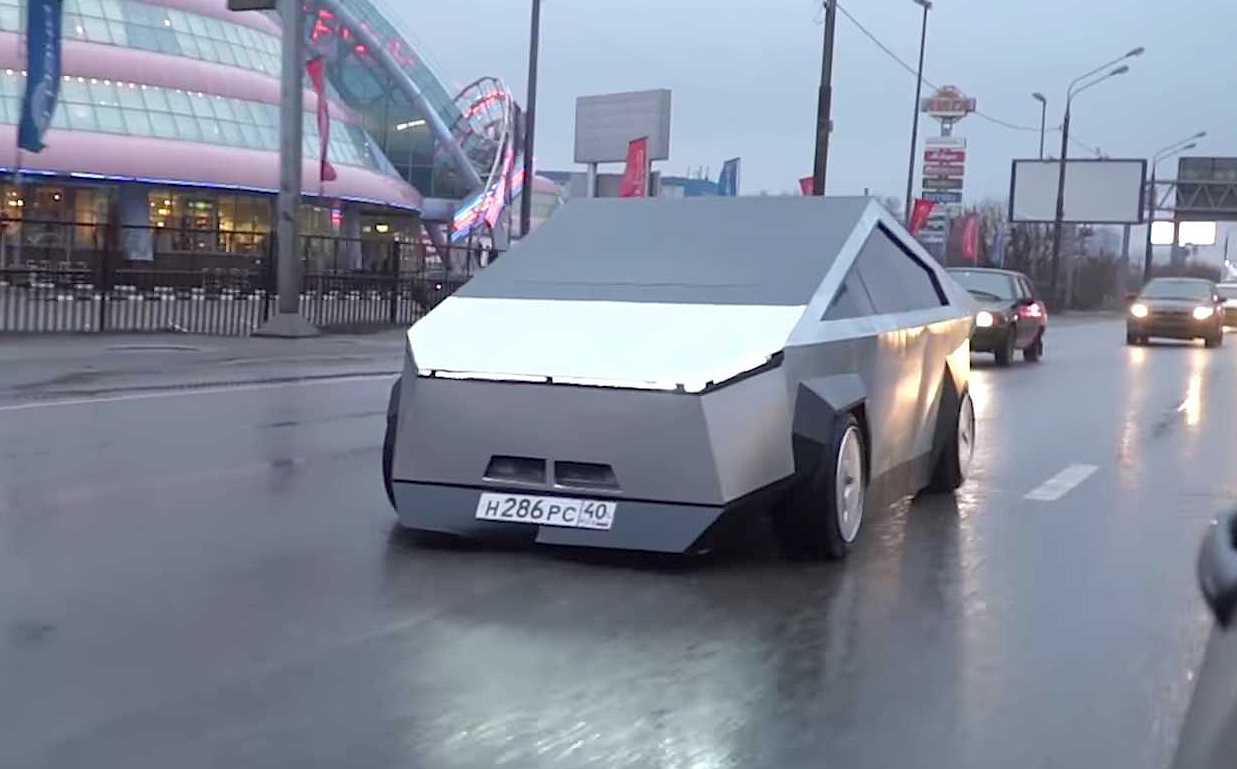Origins
Several years ago I wrote a Pascal compiler. The motivation was simple: as a teenager, I had learnt from my first programming textbooks that a compiler is a very sophisticated thing. This claim eventually became a challenge and required to be tested by experience.

ha.art.pl
First, a simplistic PL/0 compiler came into being, and later an almost fully-functional Pascal compiler for MS-DOS has grown from it. My source of inspiration was the Compiler Construction book by Niklaus Wirth, the inventor of the Pascal language. I don't care if Wirth's views are now considered obsolete and have no direct connections to the IT mainstream, or if the compiler design fashion has changed. It is enough to know that his techniques are still simple, elegant, and — last but not least — bring much fun, since it is more appealing to parse a program source with a handwritten recursive descent parser and generate the machine code, rather than to call yaccs, bisons and all their descendants.
My compiler's fate was not so trivial. It has lived two lives: the first one in my own hands, and the second in the hands of computer antiquarians from Poland.

